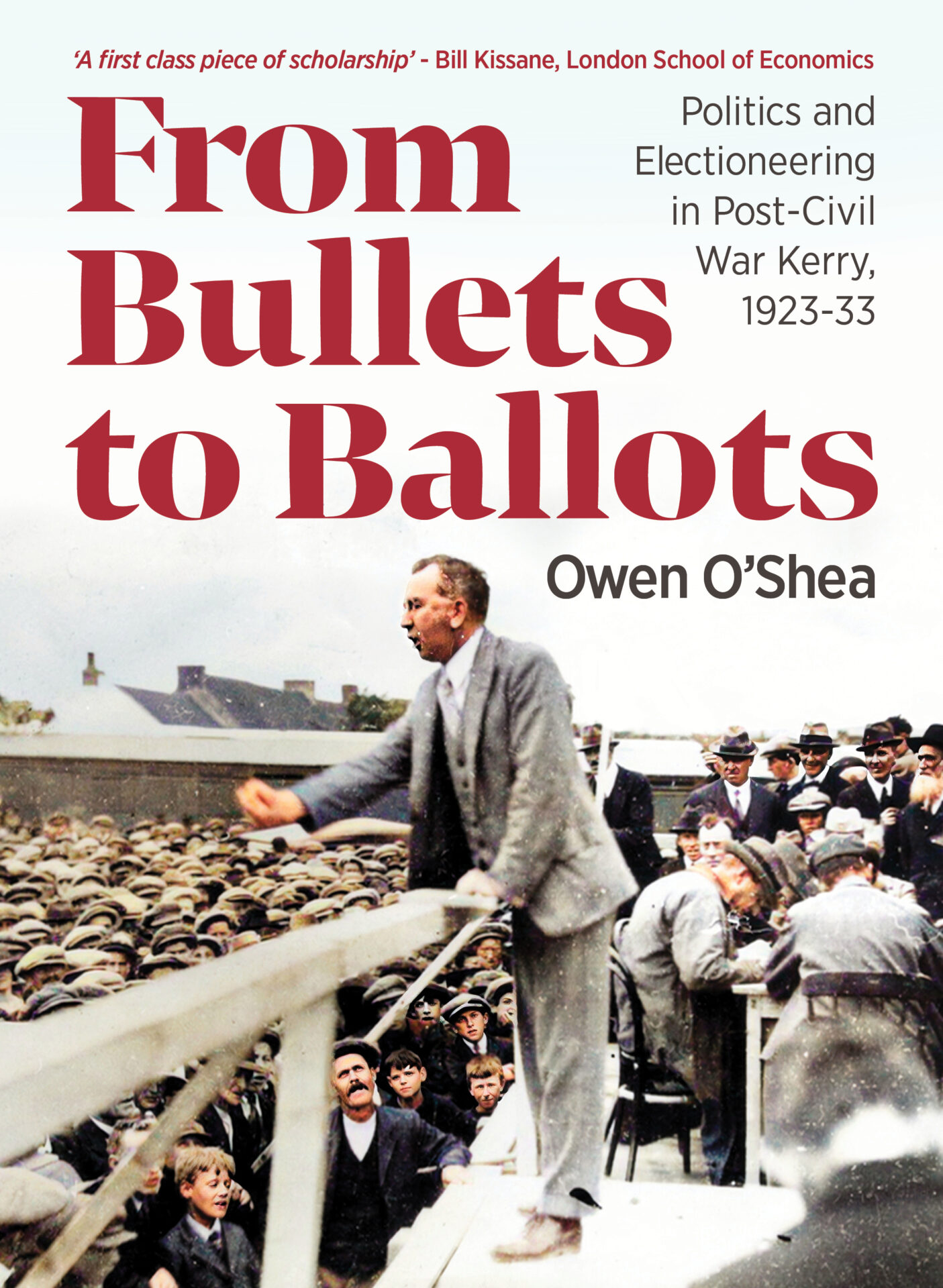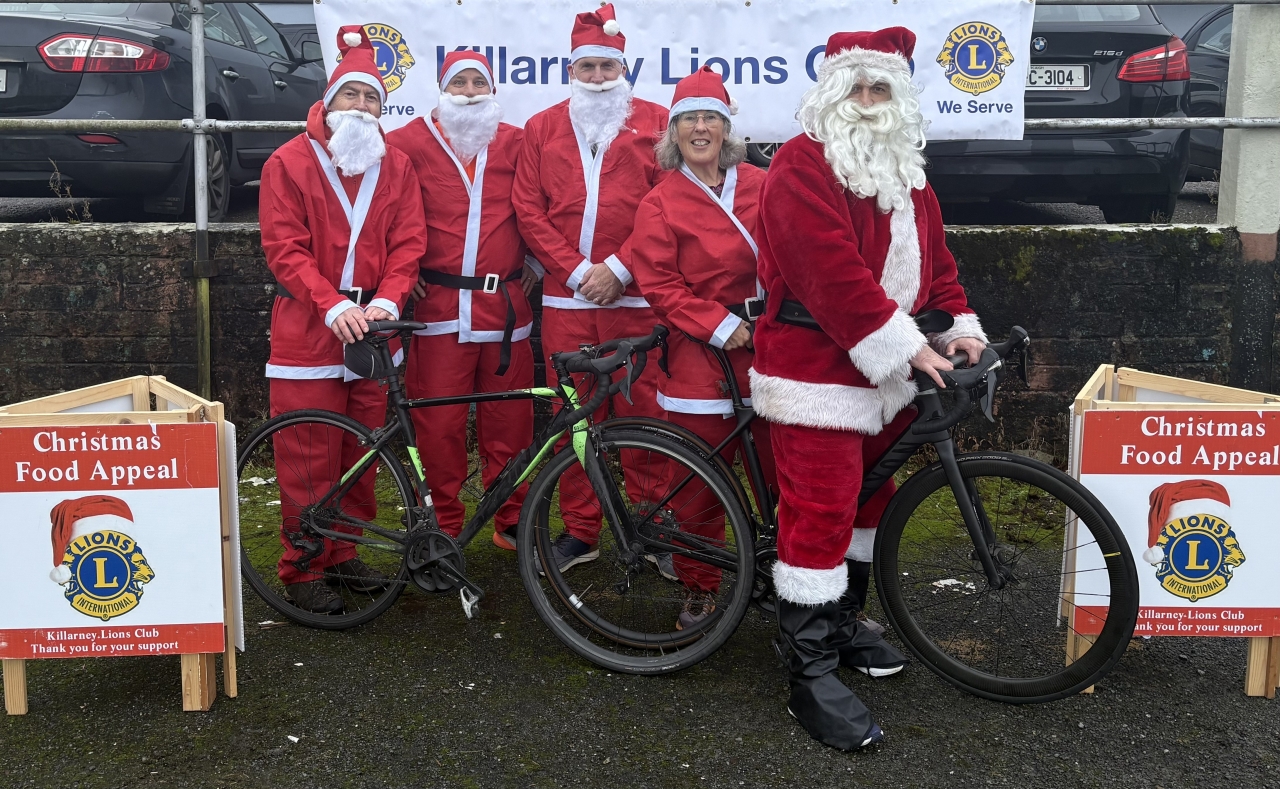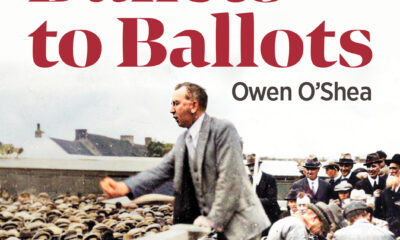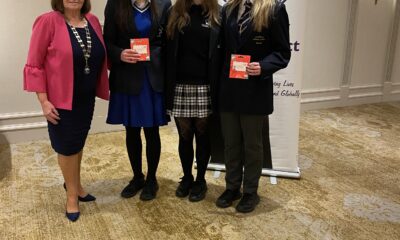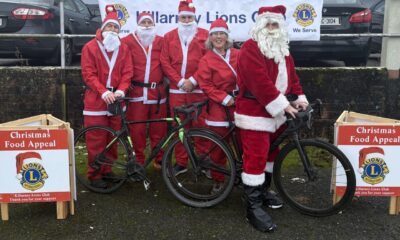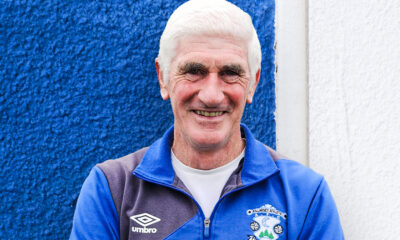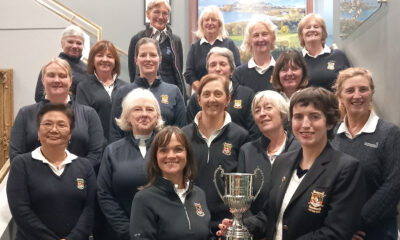News
Potatoes are a fantastic beginner’s crop

By Debby Looney, gardening expert
Every year I do an article about potatoes, which might seem repetitive, but there are always gardeners new to this.
It seems that this year there are more people than ever growing their own veg and spuds, maybe the joy of it, or the situation in Eastern Europe is the reason. In any case, I think planting potatoes is one of the most rewarding crops, for adults and especially children. You don’t need a lot of land to grow spuds, they can even be grown in potato bags or pots - or tyres stacked on top of each other.
There are also great pots available with a basket in them which you can lift out to watch the progress!
Seed potatoes are available from February onwards, but it is too cold to plant them out then. To give them a head start, a technique called chitting is employed. To chit, simply take your seed potatoes and put them on a cardboard tray, ensuring they do not touch. Alternatively use the molded side of an egg box. Place in a cool but bright spot, free from frost. They will sprout, but this is exactly what you want. You can start to chit potatoes from the beginning of February onwards, for planting out in mid March.
There are three main types of potatoes; first earlies, second earlies and maincrop. The difference between them is planting out times and harvesting times.
First early varieties are:
Duke of York, Orla, Sharpes express, Casablanca and Arran Pilot. They are planted out from March, but need to be protected from from frost. Plant them 30cm apart, 60cm between rows and 12cm deep. Harvest in June.
Second early varieties are:
British Queen, Homeguard, Nicola and Charlotte. Plant out from March, again protecting from frost, 30cm apart, 60cm between rows and 12cm deep. Harvest in July. Maincrop varieties are Rooster, Kerr Pinks, Setanta, Golden Wonder, Maris Piper and many more. Plant out from the beginning of April. Plant 40cm apart, 75cm between rows and 12cm deep. Harvest from August onwards.
Earthing up – what is it?
It is done when the potato plants are about 20-30cm tall. Pile soil loosely around the stems. This encourages potatoes to form higher up the plant than they would normally, increasing your yield quite substantially. With maincrop varieties it can be done twice.
Blight is caused by fungal spores which are airborne and particularly prevalent in warm humid weather. There is usually a blight warning given on weather forecasts. First symptoms are yellowing foliage, followed by dying foliage. Quickly after that the potatoes will rot. To prevent blight, you can spray with Copper Mixture. It works by sealing the leaves with a layer of copper, preventing the fungus from taking hold. If the disease takes hold, cut away all the foliage, take it away and if possible burn it. Leave the potatoes in the ground for several days, and hopefully they will not be affected.
There are blight resistant potatoes, such as Sarpo Mira. These are not as prone to getting the disease. Planting first and second earlies is also a good way to avoid blight, as they are usually harvested before the blight season begins.
If you are starting a vegetable garden, potatoes are a fantastic beginner’s crop. They loosen the soil in preparation for future crops, but they are also more or less trouble free and quick growing. They are an excellent crop when gardening with children, large enough to handle, resilient to being stood on in the garden, and the surprise young children get when you dig up that one small spud which has magically become a bucket full is something to see!
News
Newly released book documents Civil War politics in Kerry
News
New Santa Cycle to support Lions Club Christmas Food Appeal
The Killarney Lions Club has launched a brand-new fundraising event. The first ever Killarney Santa Cycle will take place on Saturday, December 6. The cycle is being organised with the […]




